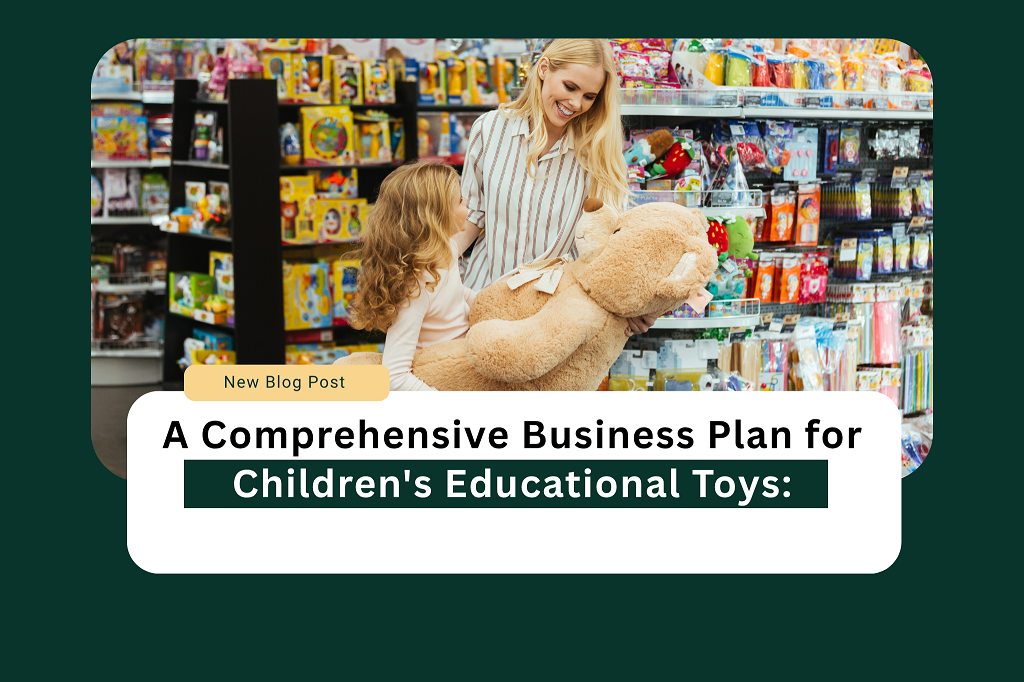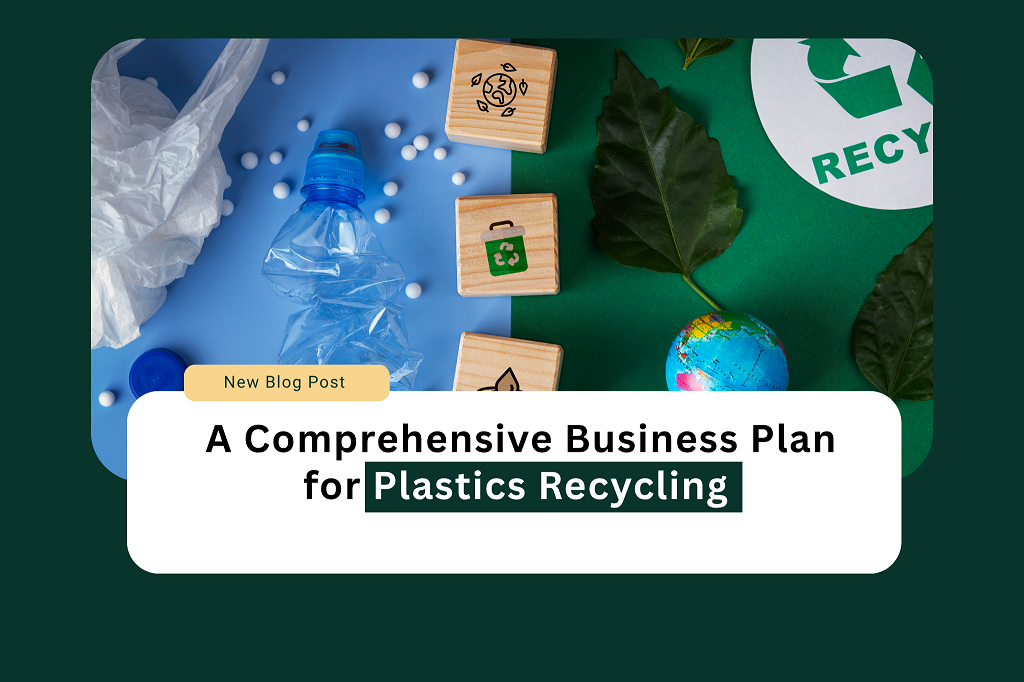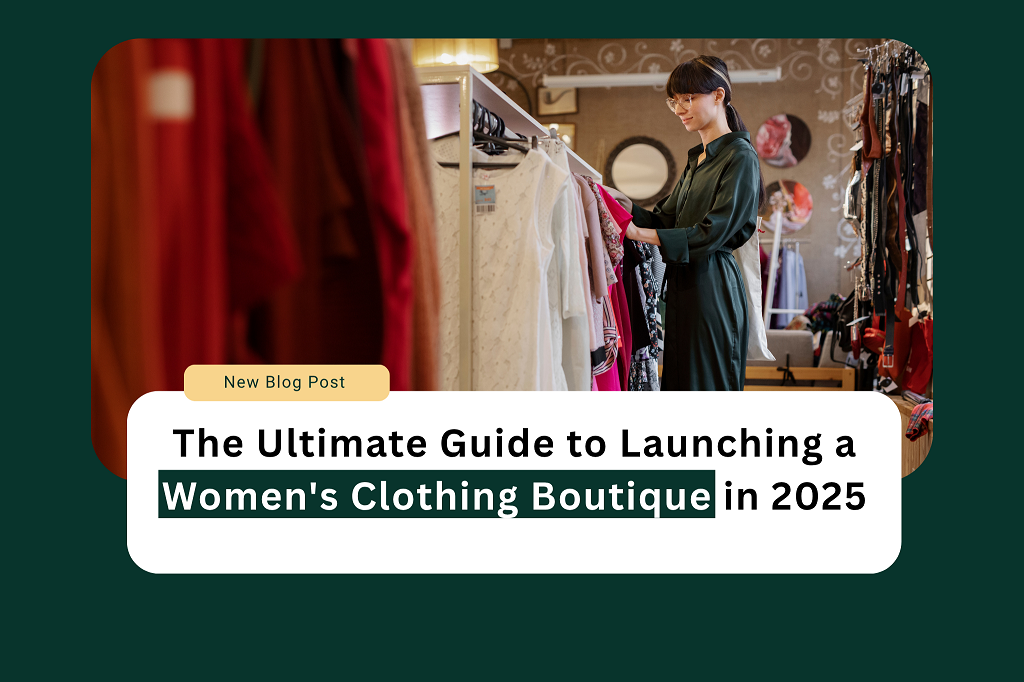Introduction
The market for Childrens Educational Toys Business for kids should be taken into consideration by entrepreneurs who wish to combine profitable business endeavors with advantages for children’s development. The Global Educational Toys Market Report 2023 predicts this market will achieve $36.2 billion by 2027 with 8.2% annual growth from 2022 to 2027. This comprehensive business plan offers a methodical approach to starting and growing a successful educational toy company that provides cutting-edge learning resources to kids in the US between the ages of two and twelve.
Step 1: Market Analysis and Research
Research indicates the Childrens Educational Toys Business sector has shown strong market expansion afterward the COVID-19 pandemic because parents established a clear preference for home-learning solutions. The NPD Group’s research showed that STEM-focused educational toys grew to a 29% increase in sales in 2022, thus reflecting market demand during that period. Modern parents invest in toys containing educational elements that entertain their children, thus fueling market demand for creative learning products. Middle- to upper-middle-class families together with their children between ages 2 and 12 years comprise the main customer segment for educational products that they are willing to invest in their children’s learning development.
Step 2: Product Development and Sourcing
The educational toys business of our company will develop products in four primary categories, including STEM toys alongside language development tools, creative thinking games, and social-emotional learning aids. The company will work with safety-compliant manufacturers who maintain educational standards to source its products. The manufacturing process will include extensive testing, which confirms that products fulfill requirements from CPSC guidelines and ASTM F963-17 toy safety standards. The initial product selection includes 15-20 carefully chosen items, while the business intends to introduce new products every quarter through market feedback and performance assessment.
Step 3: Operations and Distribution Strategy
The business will execute its operations by merging e-commerce with carefully selected retail partnership strategies. The business will use three main distribution channels, which are its website, Amazon Marketplace, and specific toy specialty retailers. Online sales of educational toys experienced a 43% growth increase in 2023, according to RetailDive, indicating the necessity of a digital market presence for businesses. The business plans to establish warehouses in KeMarketplace to support efficient shipping costs together with fast delivery schedules. The company will deploy inventory management systems to achieve the right stock balance and stop stockout events that occur during busy periods.
Step 4: Marketing and Brand Development
The marketing strategy will develop a powerful brand image that presents educational achievements alongside child development expertise. The marketing strategy will heavily rely on social media platforms such as Instagram and Pinterest since parents actively use these networks. The content marketing strategy will provide educational blogs together with activity guides and resources about developmental milestones. The Toy Association states that digital marketing plays a vital role in toy purchasing because 67% of parents conduct online research before making their decisions. The company will create alliances with educational organizations and child development specialists to build its reputation.
Step 5: Financial Planning and Projections
The startup costs need $250,000 to cover inventory expenses alongside website development fees and marketing fees together with operational expenses. The business predicts its initial yearly revenue will reach $500,000 before expanding to $2 million in year three. The business has set targets for 65% gross margins and 15-20% net profit margins post-operational expenses. The business plan features complete cash flow projections that consider toy seasonality. The investment will recover during 24-36 months according to conservative market penetration and growth projections.
Step 6: Risk Management and Quality Control
A complete risk management strategy will handle supply chain interruptions safety standards and market competition challenges. Product safety together with educational value will be maintained through scheduled quality control inspections and independent testing by third parties.
Business security practices safeguard both e-commerce systems and customer information. The business will obtain insurance coverage through product liability and business interruption policies as well as general liability coverage. Regular tracking of market developments alongside competitor moves will direct strategic adjustments needed to preserve competitive advantage.
Step 7: Growth and Expansion Plans
The company plans to grow through international markets alongside product line expansion alongside potential franchise possibilities. Proprietary educational technology integration represents a new value opportunity for the business. The business plan outlines both educational institution partnership development and the expansion into educational resources and parent resources. Market research shows a 25% yearly revenue expansion potential that strategic market expansion would enable.
Conclusion
An expanding market segment provides suitable conditions for starting a Childrens Educational Toys Business. This business plan establishes a path to victory in this evolving industry through its emphasis on high-quality products combined with educational value and well-planned business expansion. Readers are welcome to provide feedback about our business plan while connecting with us through social media platforms to help us transform educational play.
FAQs
What amount of funds does one need to establish an educational toy business?
A new educational toy business requires an investment between $150,000 and $300,000 based on operational size. The necessary expenses for starting this business consist of inventory costs alongside website development expenses, along with marketing costs and operational establishment costs. Starting with limited product selection and $50,000 to $75,000 in capital allows businesses to establish operations in the educational toy industry.
What measures should I take to confirm that my educational toys fulfill the required safety regulations?
The production of all toys requires CPSC (Consumer Product Safety Commission) guideline compliance alongside ASTM F963-17 safety standard fulfillment. Your company should select certified manufacturers while performing regular third-party testing of products and keeping complete documentation of safety compliance records for each item.
What type of profits should I anticipate from operating in the educational toys market?
Educational toys have a standard gross margin range between 60 and 70 percent. The combination of operational costs and marketing expenses with overhead expenses produces net profit margins, which typically range from 15 to 25%.
What steps should I take to match up against major toy corporations?
The company should target specialized markets through its distinctive educational benefits alongside premium support systems and deep partnerships with educational organizations. The strategy should use digital marketing to develop captivating content that will help establish brand loyalty.
Which channels provide the most effective way to sell educational toys?
Your business will succeed through multiple distribution channels, which include e-commerce on your site and Amazon, along with specialty toy stores and educational institutions, and social media direct sales. The current market demonstrates that e-commerce generates between 60% and 70% of total sales.
Read More : https://theacechronicle.com/daycare-business-plan-success/









